The Pacific Ring of Fire stretches across 25,000 miles of dramatic coastline, where tectonic plates collide and create some of Earth’s most spectacular volcanic landscapes. This geological wonderland offers adventurous travelers the chance to witness raw planetary power in action, from steaming crater lakes to glowing lava flows.
Whether you’re seeking challenging summit hikes or gentle walks through volcanic gardens, the Ring of Fire delivers unforgettable experiences. Here is a list of 17 volcano destinations that showcase the incredible diversity of volcanic tourism around the Pacific Rim.
Mount Fuji, Japan

Japan’s most iconic peak rises 12,388 feet above the surrounding countryside, drawing millions of visitors each year to its perfectly symmetrical slopes. The official climbing season runs from July to September, when mountain huts and trail markers make the ascent manageable for most hikers.
Even if you skip the climb, the views from nearby lakes and the Fuji Five Lakes region provide countless photo opportunities.
Mount Bromo, Indonesia
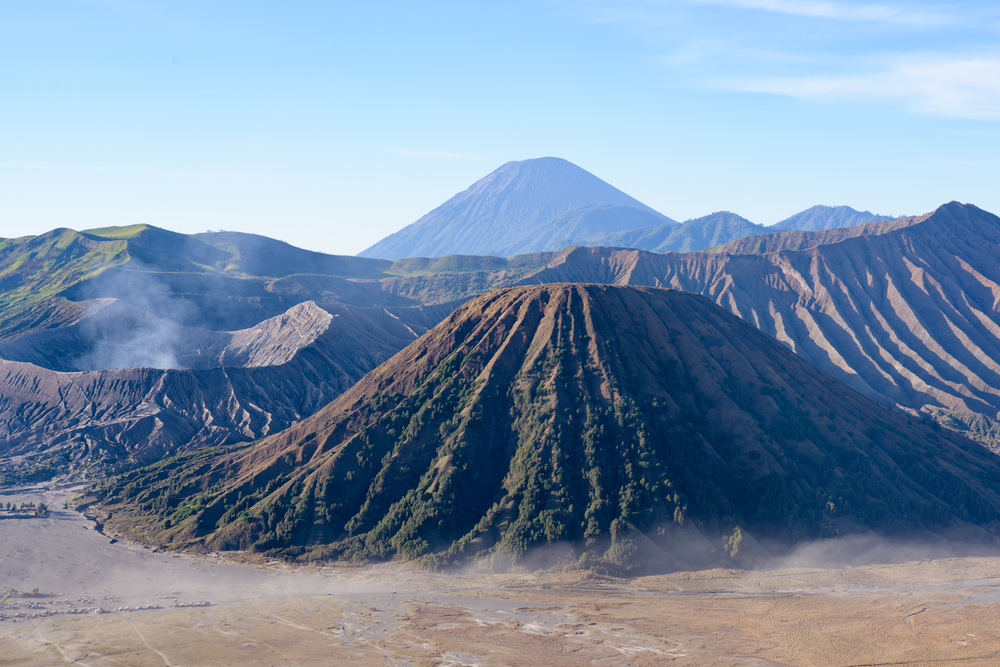
Rising from the Sea of Sand like something from another planet, Mount Bromo offers one of Indonesia’s most surreal volcanic experiences. Most visitors wake before dawn to catch sunrise from nearby Mount Penanjakan, watching as the first light illuminates the steaming crater of Bromo within the larger Tengger caldera.
The horseback ride across the black sand desert to reach Bromo’s base adds an adventurous element to this otherworldly journey.
Like Travel Pug’s content? Follow us on MSN.
Mount Merapi, Indonesia
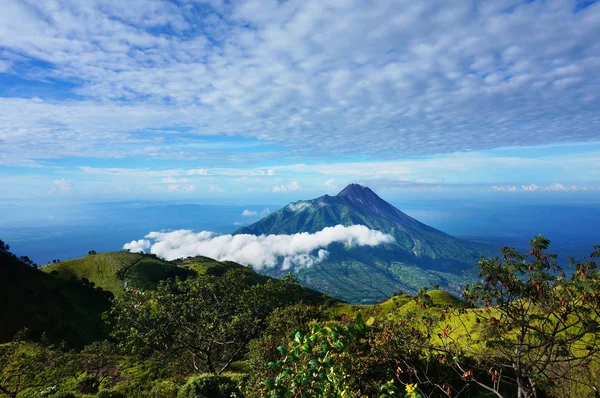
Known as the ‘Mountain of Fire,’ Merapi near Yogyakarta provides thrilling jeep tours through areas devastated by recent eruptions. The volcano remains highly active, creating a constantly changing landscape of lava flows and ash deposits that tell the story of its explosive history.
Local guides share firsthand accounts of evacuations and recovery efforts, adding human drama to the geological spectacle.
Mount Rinjani, Indonesia
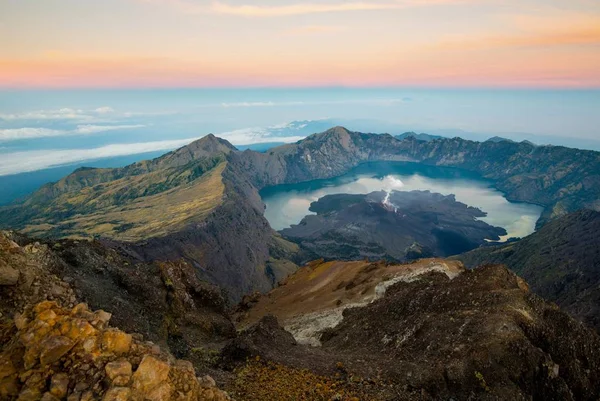
This towering peak on Lombok Island challenges hikers with a multi-day trek to its crater rim, where they’re rewarded with views of the stunning crater lake called Segara Anak. The lake’s deep blue waters contrast sharply with the volcanic rocks, and hot springs along its shores provide a perfect spot to soak tired muscles.
The trek typically takes three days and requires good fitness levels, but the payoff ranks among Indonesia’s most spectacular natural sights.
Mount Mayon, Philippines

The Philippines’ most perfectly-shaped volcano rises in a flawless cone from the Albay province, earning frequent comparisons to Mount Fuji for its symmetrical beauty. While climbing to the summit requires technical expertise due to frequent activity, the surrounding area offers excellent hiking trails and viewpoints.
The nearby Cagsawa Ruins, partially buried by an 1814 eruption, provide a haunting reminder of volcanic power.
Like Travel Pug’s content? Follow us on MSN.
Taal Volcano, Philippines
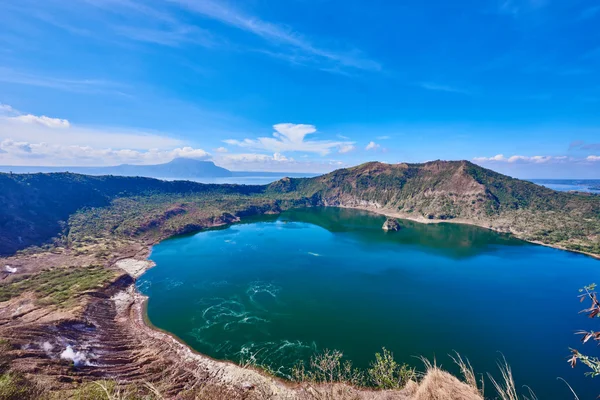
This unique volcano sits on an island within a lake, which itself sits within a larger volcanic caldera, creating a geographical Russian nesting doll effect. Boat trips across Taal Lake bring visitors to the volcano island, where horses can carry them up to the crater rim for views of the green crater lake below.
The compact scale makes this one of the world’s most accessible active volcano experiences.
Mount Rainier, Washington, USA
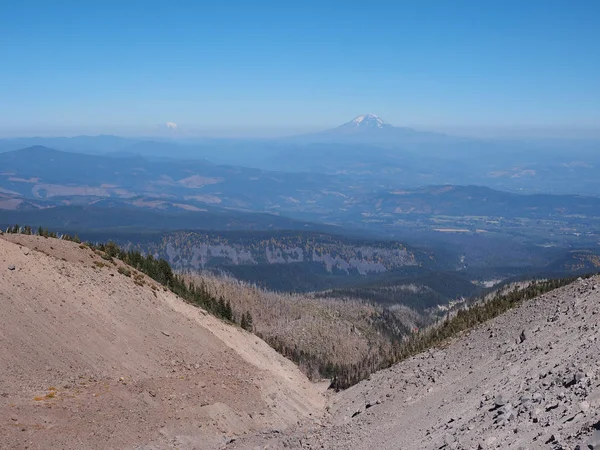
Washington’s highest peak dominates the skyline south of Seattle, offering everything from easy wildflower walks to serious mountaineering challenges. The Paradise area provides stunning views of the mountain’s glaciated summit, while numerous hiking trails wind through old-growth forests and alpine meadows.
During peak wildflower season in late July and August, the meadows burst in colorful displays that rival any botanical garden.
Mount Shasta, California, USA
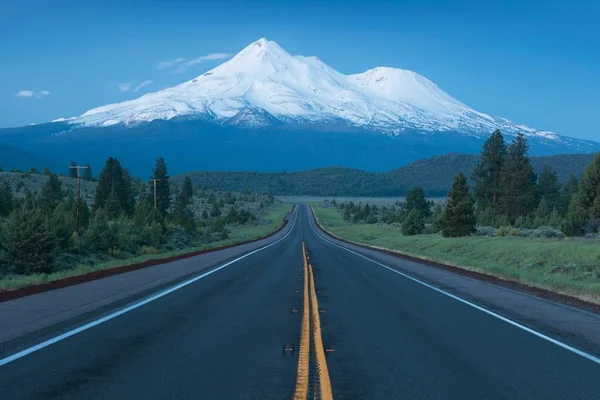
This massive stratovolcano rises over 14,000 feet above Northern California, creating its own weather patterns and attracting both serious climbers and spiritual seekers. The mountain’s isolated position makes it visible from over 100 miles away on clear days, and its snow-covered peak provides a striking contrast to the surrounding forests and meadows.
Several routes to the summit cater to different skill levels, though all require proper mountaineering equipment.
Like Travel Pug’s content? Follow us on MSN.
Mount Redoubt, Alaska, USA
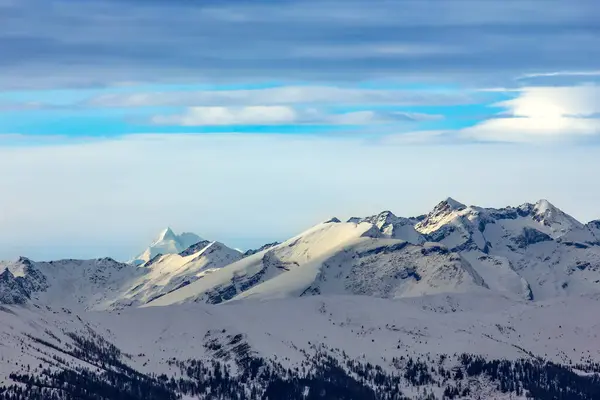
Located across Cook Inlet from Anchorage, this active volcano provides dramatic views from Alaska’s largest city while remaining safely distant. Flightseeing tours offer the best way to appreciate Redoubt’s ice-covered slopes and steaming summit crater, especially during periods of increased activity.
The surrounding wilderness remains largely untouched, providing habitat for brown bears, moose, and countless bird species.
Mount Cleveland, Alaska, USA
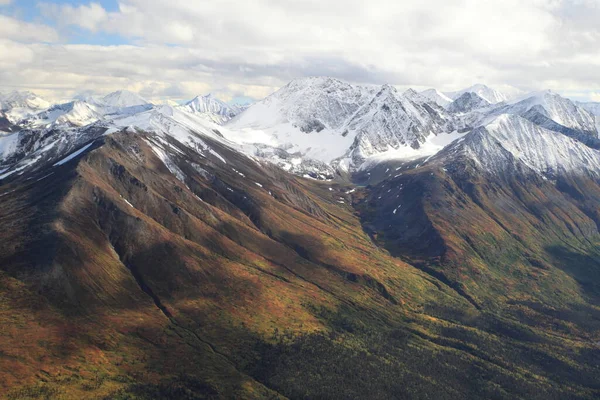
Situated in the central Aleutian Islands, Mount Cleveland represents one of Alaska’s most active volcanoes and offers truly wild volcanic experiences for adventurous travelers. The volcano’s perfect cone rises directly from the ocean, creating dramatic photo opportunities for those willing to make the challenging journey.
Access requires chartered boats or planes, making this destination perfect for travelers seeking untouched volcanic wilderness.
Mount Ruapehu, New Zealand
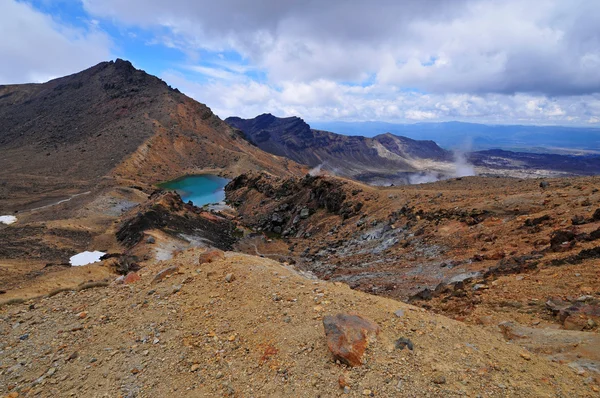
New Zealand’s largest active volcano doubles as one of the country’s premier ski destinations, with Te Wai ā-moe crater lakes adding an unusual element to winter sports. During summer months, hiking trails lead to the acidic crater lake at the summit, where steaming vents remind visitors of the mountain’s active status.
The surrounding Tongariro National Park offers excellent day hikes and serves as filming locations for the Lord of the Rings movies.
Like Travel Pug’s content? Follow us on MSN.
Mount Tongariro, New Zealand
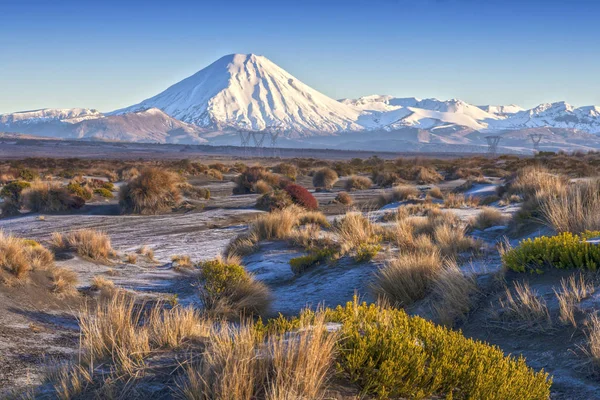
The famous Tongariro Alpine Crossing takes hikers past active volcanic craters, emerald lakes, and steaming vents in what many consider New Zealand’s best day hike. The 12-mile track crosses varied terrain, including ancient lava flows, alpine meadows, and colorful mineral deposits created by ongoing geothermal activity.
Red Crater and the Emerald Lakes provide particularly striking photo opportunities along the route.
Arenal Volcano, Costa Rica
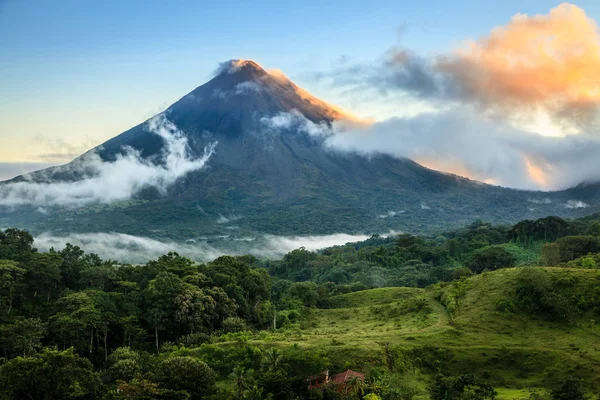
Until 2010, Arenal treated visitors to regular lava shows and explosive displays, making it one of the world’s most reliably active volcanoes for tourism. While currently in a resting phase, the perfectly shaped cone still dominates the landscape near La Fortuna, and numerous hiking trails explore the hardened lava flows from previous eruptions.
The area’s hot springs, created by geothermal activity, provide a relaxing way to experience the volcano’s ongoing power.
Poás Volcano, Costa Rica
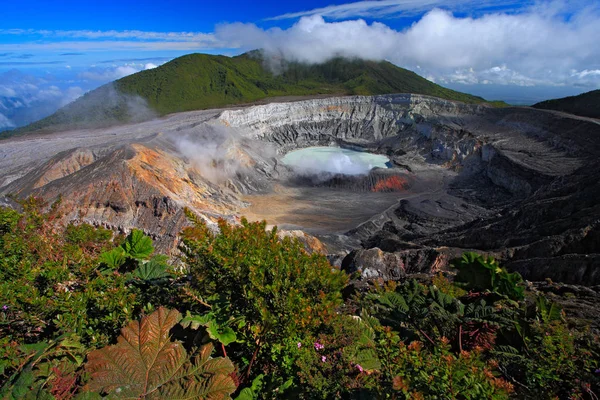
This easily accessible crater offers one of the world’s largest active volcanic craters, stretching nearly a mile across and containing a sulfurous green lake. A short walk from the parking area brings visitors to viewing platforms overlooking the steaming crater, where gas emissions create an otherworldly atmosphere.
The surrounding cloud forest hosts incredible biodiversity, including the famous resplendent quetzal bird.
Like Travel Pug’s content? Follow us on MSN.
Volcán de Fuego, Guatemala
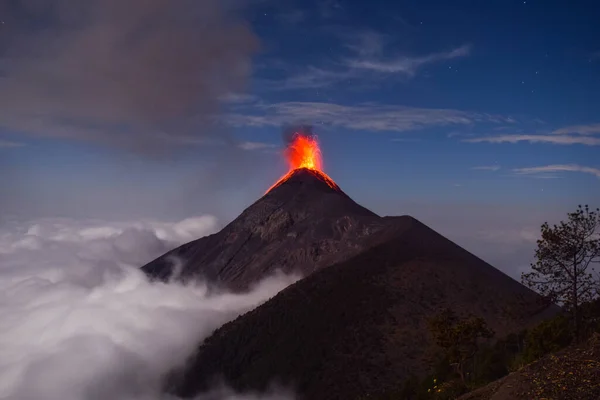
True to its name, the ‘Volcano of Fire’ provides some of Central America’s most spectacular volcanic displays, with regular eruptions visible from nearby viewpoints. The challenging hike to optimal viewing positions rewards adventurous travelers with front-row seats to nature’s fireworks show.
Local guides help visitors time their visits for maximum activity while maintaining safe distances from this highly active volcano.
Acatenango, Guatemala
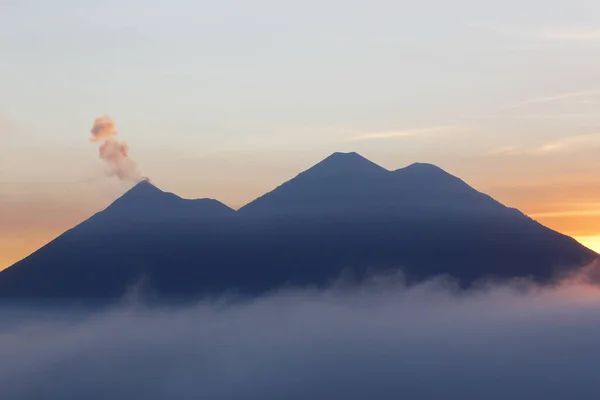
The overnight trek up Acatenango provides unparalleled views of neighboring Volcán de Fuego’s eruptions, creating one of the world’s most dramatic camping experiences. The two-day adventure involves hiking through cloud forests and alpine zones before reaching the summit area where tents are pitched within sight of Fuego’s glowing crater.
Night views of lava bombs and ash plumes create memories that last a lifetime.
Cotopaxi, Ecuador
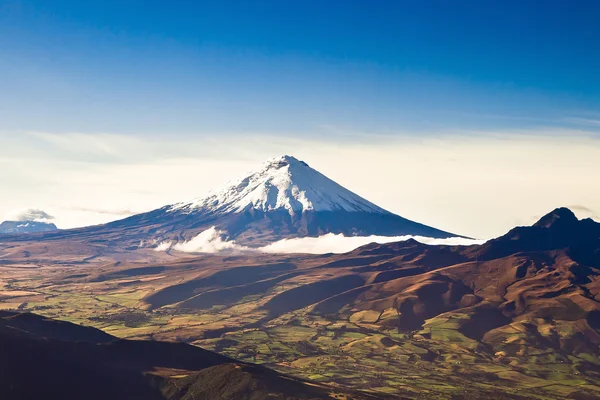
This snow-capped giant south of Quito rises nearly 19,000 feet above sea level, making it one of the world’s highest active volcanoes. The approach to Cotopaxi National Park crosses high-altitude páramo grasslands where wild horses roam freely, and the glacier-covered summit provides a challenging mountaineering objective.
Even non-climbers can enjoy hiking to the refuge hut at 15,750 feet for incredible Andean views.
Like Travel Pug’s content? Follow us on MSN.
From Pilgrimage to Adventure Tourism

Volcanic tourism has evolved dramatically from ancient pilgrimages to fire gods into today’s adventure travel phenomenon, yet the fundamental human fascination with these geological powerhouses remains unchanged. Modern safety equipment and monitoring systems now allow travelers to witness volcanic activity that previous generations could only observe from great distances or avoid entirely.
The Pacific Ring of Fire continues to offer both seasoned adventurers and curious travelers the chance to connect with our planet’s most primal forces, creating memories that remind us of Earth’s incredible power and beauty. These 17 destinations represent just a sampling of the volcanic wonders awaiting discovery around the Pacific Rim.
More from Travel Pug

- 20 Best Beach Towns in the Carolinas
- 13 Destinations Where Tourists Regularly Regret Their Trip
- 20 Things You Actually Get in First Class
- 20 Small Airports With Aviation Museums
- 20 Places in the U.S. That Are Perfect for a Reset Trip
Like Travel Pug’s content? Follow us on MSN.
